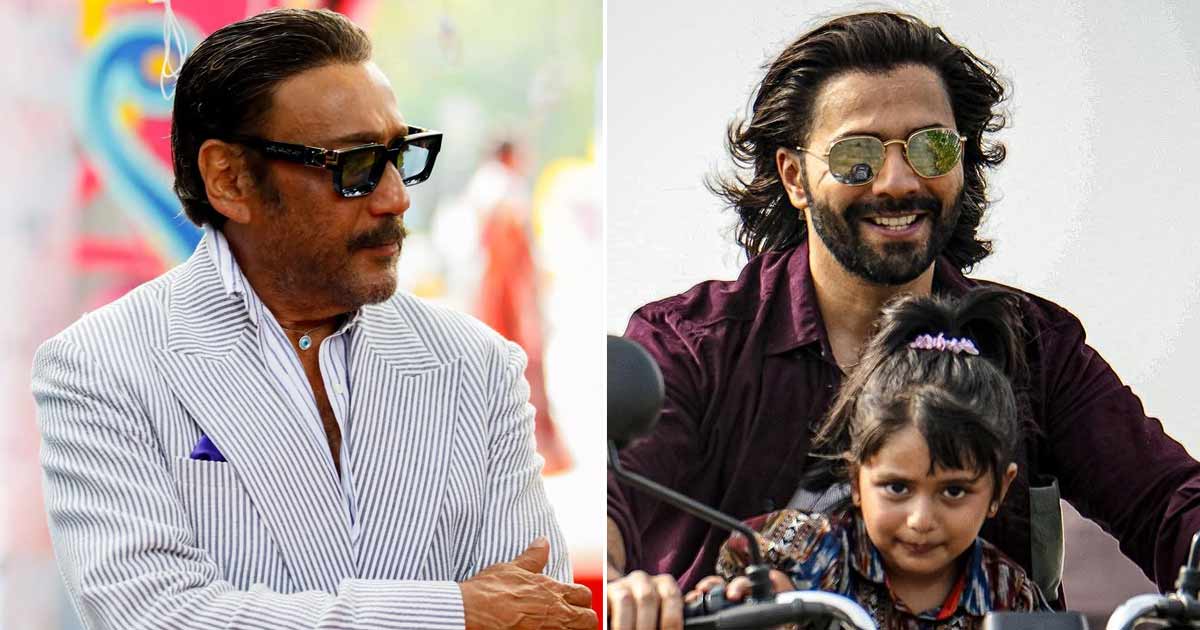NEW YORK — Tommy Hilfiger has always been a step ahead.
Over the course of his more than 40-year career, the designer has been a pioneer in building communities, embracing inclusivity, partnering with brand ambassadors and creating buzzworthy collaborations — all strategies that helped his company grow to some $2 billion in global sales.
Hilfiger’s ability to identify and then capitalize on trends — in design as well as business — was just one of the reasons the National Retail Federation presented him with the 2025 Visionary Award at its annual convention in New York.
In a keynote session at the show Monday morning, Hilfiger sat down with NRF chief executive officer Matt Shay to discuss his career.
When he opened a store named People’s Place and started selling jeans in his hometown of Elmira, N.Y., as a teenager, Hilfiger said it was just “a distant dream to build a global lifestyle brand.”
“At that point, I thought, I’ll try this for a while and see how it goes. I became obsessed with retail, and for 10 years, I ran my stores in upstate New York while dreaming about building my own brand. So 40 years ago this year, I started Tommy Hilfiger with the thought that I would build a brand that would compete, but not look like, the competition.”
His point of differentiation was to “connect with pop culture,” he said, “what I call fame, fashion, art, music, entertainment and sports, with celebrity and mainly musicians to keep the brand alive.” This strategy endeared him to the customers who shopped at People’s Place, and a community was born.
“I thought that catering to people who were interested in music and fashion would be my lane,” he said. “I think that every business has to have some sort of definite focus, and that was my focus.”
That focus also wound up appealing to a wide swath of people. “It was inclusive and diverse, but it wasn’t planned that way,” he said. “It was just that we wanted to embrace everyone who was interested in that lifestyle of fashion and music and pop culture.”
Although his reach has expanded over the years, music has always played a big role in his business, he said. It started back in the 1960s when he discovered the rock stars from England and the musicians at Woodstock, who “looked very cool, and I liked the way they were dressed and wanted to sell those types of clothes to my customers. So I would drive to New York City, four-and-a-half hours away from my hometown of Elmira, and I would buy really cool clothes to take back to my shops and sell them. So that was sort of the impetus.”
As his business grew, Hilfiger developed relationships with more contemporary music stars.
“My philosophy was that if I were to dress the stars, the fans would come to us, so we started out dressing everyone from Britney Spears to Beyoncé to Lenny Kravitz to David Bowie and Iman and The Rolling Stones.”
That expanded into Hollywood and sports stars such as Gigi Hadid, Zendaya, Lewis Hamilton and others.
“We brought them into our design studio and allowed them to codesign with us, because most sports stars, Hollywood stars, music stars just want to have their own brands today. So we gave them the opportunity to really learn about brands from the inside. That has been a phenomenon that I never expected to be as big as it is.”
Ditto for his see now, buy now shows.
“Instead of having fashion shows and delivering the clothes six, nine months later, I wanted the consumer to be able to be in the audience and click and buy whatever they would see on the runway,” he said. “That was also a game changer.”
Hilfiger said he always looks for ways to disrupt the status quo.
“The business shifts all the time, and I like to be ahead of the curve,” he said. But with each new beginning, he ensures he doesn’t forget his roots. “The past is really important. We have a DNA, and we have codes to the brand that we never want to abandon. But we want to modernize and evolve going forward. We never want to become static or go backwards.”
He said he always challenges his team to think about how to move forward.
“I like to figure out what might be next before the consumer knows what they want,” he said. He credited his brand’s owners, PVH Corp., and its CEO, Stefan Larsson, as key to his continued success.
“Stefan has a strategy and a vision the entire company is following, and it’s working now with Calvin Klein and Tommy Hilfiger under the same umbrella,” he said. “We’re two totally different brands. We’re about the same size, and we are continuing on this journey to grow both businesses into global lifestyle brands. And I think with a strategy and a vision and a North Star, we’re getting to where we want to go.”
So with more than four decades under his belt, where does Hilfiger see the brand in the future?
“I would like the brand to last forever and to be known for having helped others, especially young talent who may not find the opportunities that we could offer them by introductions, by mentoring,” he said.
“But if the brand lasts for many years beyond me, I’ll be very happy,” he concluded.







